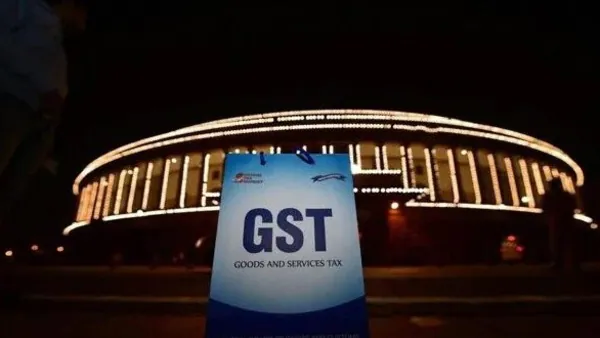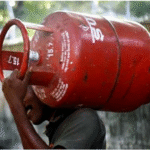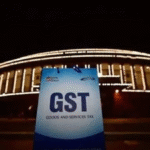It has been 8 years since GST (Goods and Service Tax) was implemented across the country. Its purpose was to create a simple tax system by combining different taxes together. Now the central government is going to make a big improvement in this system, which can directly benefit the common people.
12% tax slab may be abolished, many things will become cheaper
The government plans to completely remove the 12% GST slab and bring most of the products coming under it in the 5% slab. This can make sweets, shoes, some clothes, dairy products, dry fruits, food items and many household items cheaper.
However, some items can be shifted to the 18% slab, which may increase their price slightly. But the government’s aim is to keep the things of daily need in 5% tax only.
Now no cess, additional tax will be directly included in GST
Till now, additional cess (cess tax) is levied on expensive items like cars, cigarettes, tobacco, pan masala and cold drinks, which is different from GST. The government now wants to abolish this cess and add it directly to the integrated GST rate. This will make the tax system more transparent and the states will also get a higher share.
For example – if 28% GST and 22% cess are currently levied on SUVs, then going forward this tax will be directly seen as 50% GST.
What difference will it make if the cess is removed?
This year the government will earn about Rs 1.67 lakh crore from cess, but after March 2026 this recovery will end. Therefore, the government wants to simplify the system by merging it with GST. This will not change the prices, just the method of tax will change.
Who will be affected?
Some of the major products that fall in the 12% tax slab are:
Dairy items: Paneer, butter, ghee, condensed milk, dairy spreads
Sweets, toffees, candies
Dry fruits and nuts like almonds, pistachios, figs, dates
Prepared food items: Namkeen, Bhujia, spaghetti, pasta
Shoes, clothes, handbags (above ₹1000)
Clean energy equipment, water bottles, furniture
Sports goods, wooden statues, decorative items
If brought under the 5% tax slab, all these items can become affordable for the common people.
How is the tax distributed?
GST is divided into two parts:
CGST (Central GST): Goes to the central government
SGST (State GST): Goes to the states
Currently, the Centre shares 41% of its total tax revenue with the states. If cess is also included in GST, then the states will get a share of that too.
Essential medicines can also become cheaper
At present, many essential and life saving medicines are either out of GST or come in the 5% slab, while the rest of the medicines are taxed at 12%. Experts believe that all medicines should be brought under 5% tax so that treatment is also affordable.
Why is change necessary?
Tax experts believe that having only 3 slabs (5%, 18%, 28%) in the GST system will make the tax structure simple and clear. This will also make it easier for common people to understand how much tax is being levied on what.
GST Council meeting soon, important decisions expected
The next meeting of the GST Council can be held in the third week of July or after the monsoon session. It will discuss the removal of cess, reducing the number of slabs, and clarifying tax rules for many sectors.
In this meeting, decisions can also be taken regarding GST Appellate Tribunal, new invoice system, and complex areas like online gaming, insurance and real estate.
What will the common people get?
✅ Everyday things can become cheaper
✅ Tax system will be simple and transparent
✅ Tax filing and classification will be easy
✅ Government and states will get better revenue
✅ Traders will have ease in tax process
Conclusion:
If all the states agree to this proposal, then the prices of many essential commodities in the country can come down in the coming months. This change in GST can make the country’s tax system more simple, transparent and public friendly.









